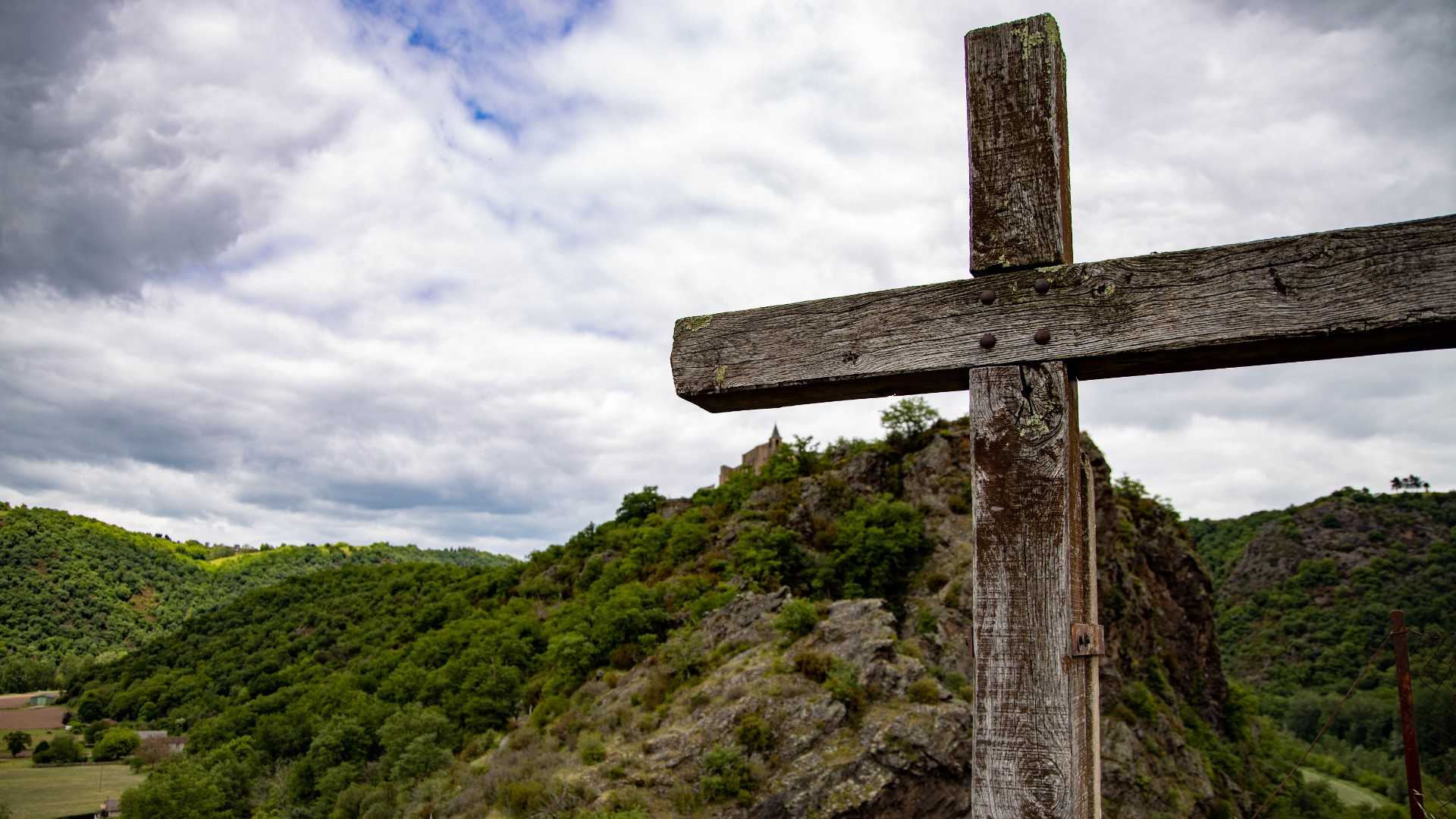What if Jesus broke the Law of Moses? Would that impact your faith? Would it change significant points of Christian doctrine? The short answer is a resounding yes.
Jesus said, “Do not think that I came to abolish the Law or the Prophets; I did not come to abolish but to fulfill” (Mt. 5:17). If Jesus broke the Law of Moses, then he didn’t fulfill it, and his righteousness cannot be applied to those who believe in him.
The truth is, Jesus didn’t fulfill most of the Law, but all of the Law. His brother James tells us, “For whoever keeps the whole law and yet stumbles in one point, he has become guilty of all” (Jas. 2:10). Jesus lived a perfect life, keeping all points of the Law. What’s surprising is that even after he died, he continued keeping the Law.
Because of our familiarity with the Gospels, it’s easy to think Jesus’ death was a typical Roman crucifixion. It wasn’t. Jesus was scourged before his crucifixion. This didn’t happen to most crucifixion victims. He had a crown of thorns and a purple robe placed on him. Again, not the norm.
Another unique part of Jesus’ crucifixion that’s often overlooked is his removal from the cross. A crucified victim was typically left on the cross for days or weeks after his death. Many ancient sources tell us scavenging animals would eat the decomposing corpse off the cross. Rome wanted obedience, and the cross was not only an execution, but also a public fear tactic to compel obedience.
The Gospels unanimously tell us Jesus wasn’t left on the cross after his death. Instead, he was taken down and buried on the same day. The same goes for the two thieves that were crucified with him.
Then the Jews, because it was the day of preparation, so that the bodies would not remain on the cross on the Sabbath (for that Sabbath was a high day), asked Pilate that their legs might be broken, and that they might be taken away. (John 19:31)
Crurifragium, the act of breaking the legs of a crucified victim, was used to speed up death. Not having his legs to assist him, the crucified person could not push up to take a breath and would quickly die of asphyxiation.
We know this was practiced in first-century Jerusalem because of the archeological discovery of a crucified man’s skeleton. This skeleton has a nail through one of the ankle bones as well as badly fractured legs caused by crurifragium.
Why would the Romans help to speed up the death of the two thieves next to Jesus? Why would they allow the crucified victims to be taken down on the same day as their execution, when they typically left people on the cross for days? The answer, the Law of Moses.
If a man has committed a sin worthy of death and he is put to death, and you hang him on a tree, his corpse shall not hang all night on the tree, but you shall surely bury him on the same day (for he who is hanged is accursed of God), so that you do not defile your land which the LORD your God gives you as an inheritance. (Deut. 21:22–23)
Prior to AD 70, the Romans accommodated the Jews on this law and allowed crucified victims to be killed and buried on the same day they were crucified. But this all changed when Rome invaded and eventually overthrew Jerusalem around AD 70.
At this point, Rome stopped allowing Jewish burial law to take place. Josephus, a first-century Jewish historian, speaks about this incident:
Nay, they proceeded to that degree of impiety, as to cast away their dead bodies without burial, although the Jews used to take so much care of the burial of men, that they took down those that were condemned and crucified, and buried them before the going down of the sun.
Is it a coincidence that Jesus came during the period when Rome allowed crucified victims to be buried on the same day as their execution? I don’t think it is. Paul tells us that “when the fullness of the time came, God sent forth His Son” (Gal. 4:4).
If Jesus had hung on the cross overnight, he would have broken the Law and defiled the land. But this didn’t happen. Jesus came at the precise time in history when his body could be crucified and buried on the same day. He truly lived a perfect life and fulfilled all requirements of the Law—not only during his life, but also after his death.

